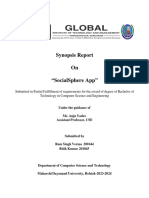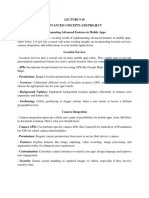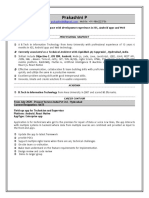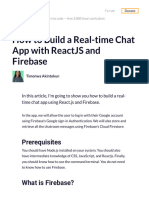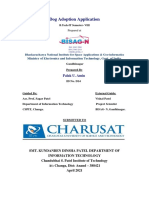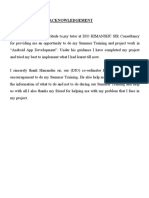0% found this document useful (0 votes)
9 views5 pagesD5 Spti
The proposal outlines the development of native mobile applications for the Sayuj platform to improve accessibility and user experience for individuals, startups, mentors, incubators, and investors. Key objectives include creating apps for Android and iOS that integrate with the existing backend, while offering features like push notifications and QR code scanning. The project will follow a structured approach involving requirement analysis, API development, UI/UX design, and post-launch support.
Uploaded by
Shubham SharmaCopyright
© © All Rights Reserved
We take content rights seriously. If you suspect this is your content, claim it here.
Available Formats
Download as DOCX, PDF, TXT or read online on Scribd
0% found this document useful (0 votes)
9 views5 pagesD5 Spti
The proposal outlines the development of native mobile applications for the Sayuj platform to improve accessibility and user experience for individuals, startups, mentors, incubators, and investors. Key objectives include creating apps for Android and iOS that integrate with the existing backend, while offering features like push notifications and QR code scanning. The project will follow a structured approach involving requirement analysis, API development, UI/UX design, and post-launch support.
Uploaded by
Shubham SharmaCopyright
© © All Rights Reserved
We take content rights seriously. If you suspect this is your content, claim it here.
Available Formats
Download as DOCX, PDF, TXT or read online on Scribd
/ 5









